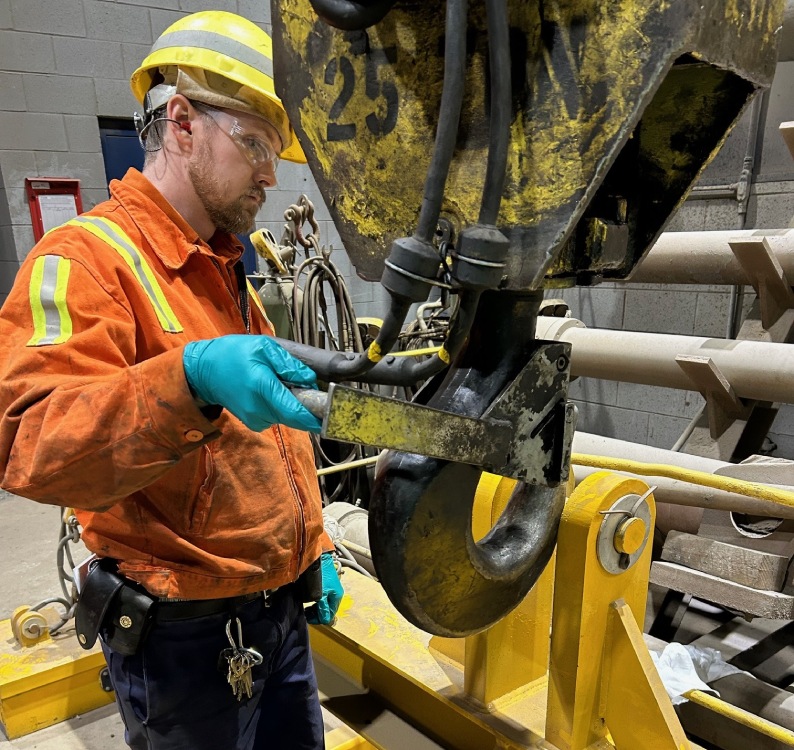Selecting the right overhead crane is about more than lifting power. The right system improves workplace safety, keeps production moving, and protects your bottom line. To make the best choice, you’ll need to evaluate your load requirements, duty class, and facility layout before comparing different overhead crane types. Just as important, every system must meet OSHA 1910.179 standards to ensure compliance and safe operation. By weighing these factors from the start, you can invest in equipment that supports both daily performance and long-term reliability.
Define Capacity, Duty Class, and Facility Layout
The best way to start is by identifying the fundamentals:
- Know your load requirements. Determine the maximum weight you will need to lift, and include below-the-hook devices such as spreader bars or lifting attachments. Account for span, lift height, and any runway space or clearance limitations inside your facility.
- Match usage to a duty class. The Crane Manufacturers Association of America (CMAA) assigns duty classes A through F, ranging from light, occasional use to continuous heavy-duty service. Selecting the correct class ensures the crane’s components are built for your workload.
- Factor in your environment and controls. Consider whether your system will face heat, dust, or outdoor exposure. Decide between pendant controls for simple operation or radio remotes that improve operator mobility and safety.
Getting these details right prevents overspecifying (and overspending) or underspecifying (leading to risk and downtime).
Compare Overhead Crane Types for Your Needs
Once you’ve defined your capacity, duty class, and environmental requirements, the next step is selecting from the main overhead crane types:
- Bridge Cranes. Available in single- or double-girder, with top-running or underhung designs. These cranes cover large areas and provide high lifting capacity, making them common in warehouses and manufacturing bays. Smart features and hoist technology improve throughput and safety.
- Gantry Cranes. Useful when a permanent runway structure is unavailable. They are mobile and flexible, performing well indoors or outdoors.
- Jib & Workstation Cranes. Ideal for repetitive, lighter lifting in workcells. They can supplement a larger bridge crane system and reduce strain on primary equipment.
- Monorails. Best suited for linear, fixed-path applications like assembly lines or paint booths. They move loads smoothly along a track to minimize handling time.
Optional add-ons such as electrification, condition monitoring, radio controls, and anti-collision features should be tailored to your duty class and facility environment.
Prioritize Safety, Compliance, and Maintenance
Productivity matters, but safety is paramount. Key considerations include:
- Regulatory Compliance. Confirm your crane meets OSHA 1910.179 and CMAA requirements.
- Built-in Safety Features. Anti-collision sensors, ergonomic controls, and emergency shutoffs add vital protection for workers and equipment.
- Maintenance & Training. Preventive inspections, operator training, and scheduled servicing extend equipment life and minimize unplanned downtime.
Partner with T&M Cranes for the Right Solution
Investing in an overhead crane is a decision that shapes daily operations, worker safety, and long-term productivity. The right system should reflect your load requirements, duty class, and facility layout, while also meeting regulatory standards such as OSHA 1910.179. T&M Cranes works closely with customers to deliver quality overhead crane systems that are safe, dependable, and designed for years of reliable performance. From design and installation to training and service, our team supports every stage of the process. With our expertise, choosing the right crane becomes a straightforward decision.
For more information about our overhead cranes, contact us or request a quote today.

